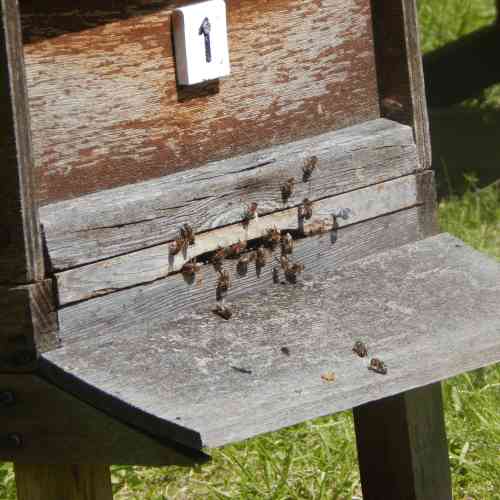Varroa Destructor in Honey Bees
Here you'll find links to information about Varroa Destructor in honey bees. Also, check the section on my site about Natural Beekeeping. Some Natural Beekeepers believe that certain practices associated with this beekeeping philosophy, help to reduce the likelihood of infestations.
Introduction
Background information. What is Varroa Destructor, and what do these
mites do?
Contrary to common belief, these mites are not thought to be the cause of Colony Collapse Disorder, (CCD), which has been found to occur even when no infestations were present in a hive, although Varroa mite is linked with various diseases in honey bees.
Treatment and Prevention
Synthetic and natural options, and a link to an interesting study with
lemon juice as a non-synthetic chemical solution to dealing with the
problem.
Do Neonicotinoid pesticides play a role?
Neonicotinoid pesticides inhibit natural grooming behaviour in some
social insects. Could they be inhibiting the honey bee's natural
ability to deal effectively with Varroa Destructor?
Could neonicotinoids be weakening the honey bee colony in various ways, ultimately leaving honey bees vulnerable to a mite they may otherwise be able to deal with? This page considers evidence. An earlier page here shows a video of honey bees engaging in hygenic behaviour.
Finally, some beekeepers aim to encourage bees to engage in hygienic behaviours, and one way of doing this is to use icing sugar (or pwdered sugar if you live in the US) in a powder puffer. You can see this here along with other videos.
